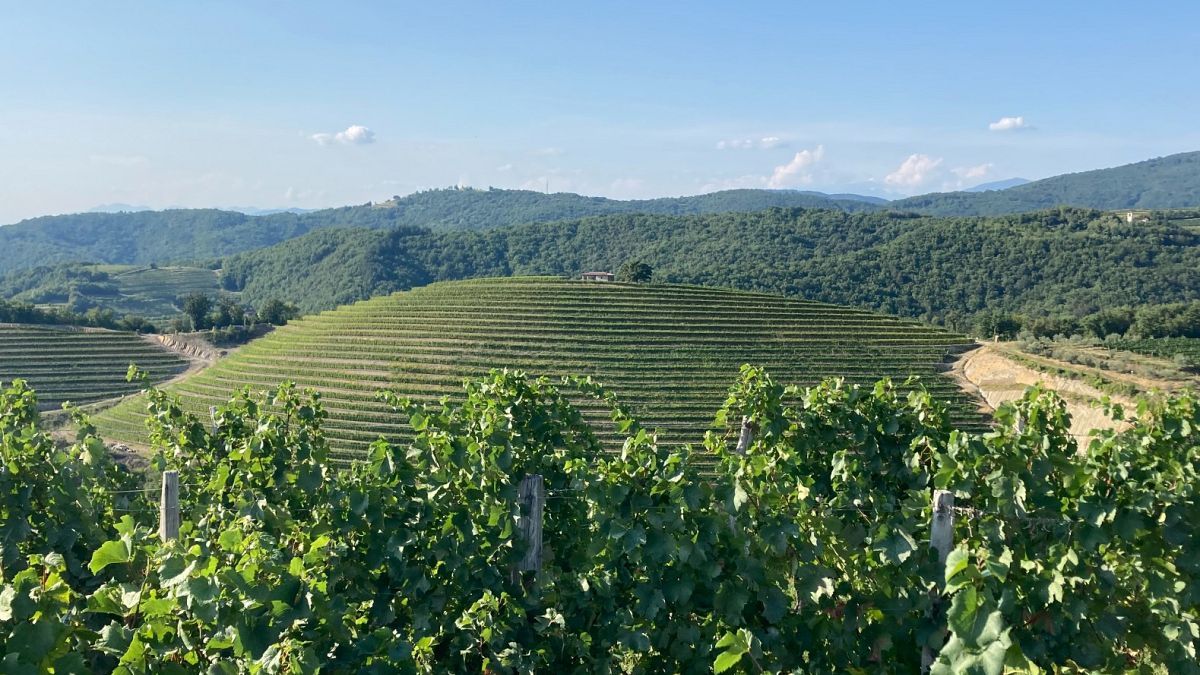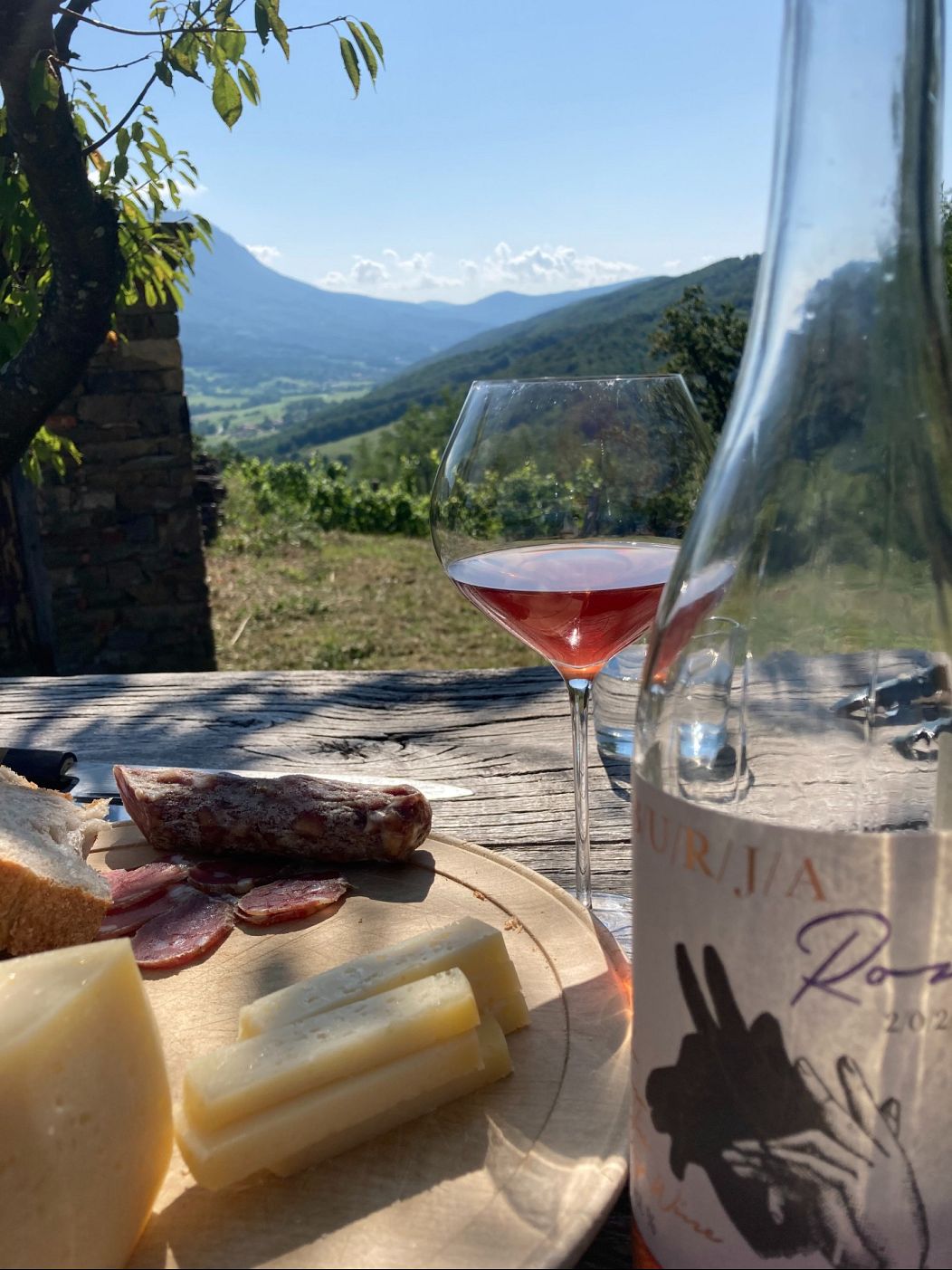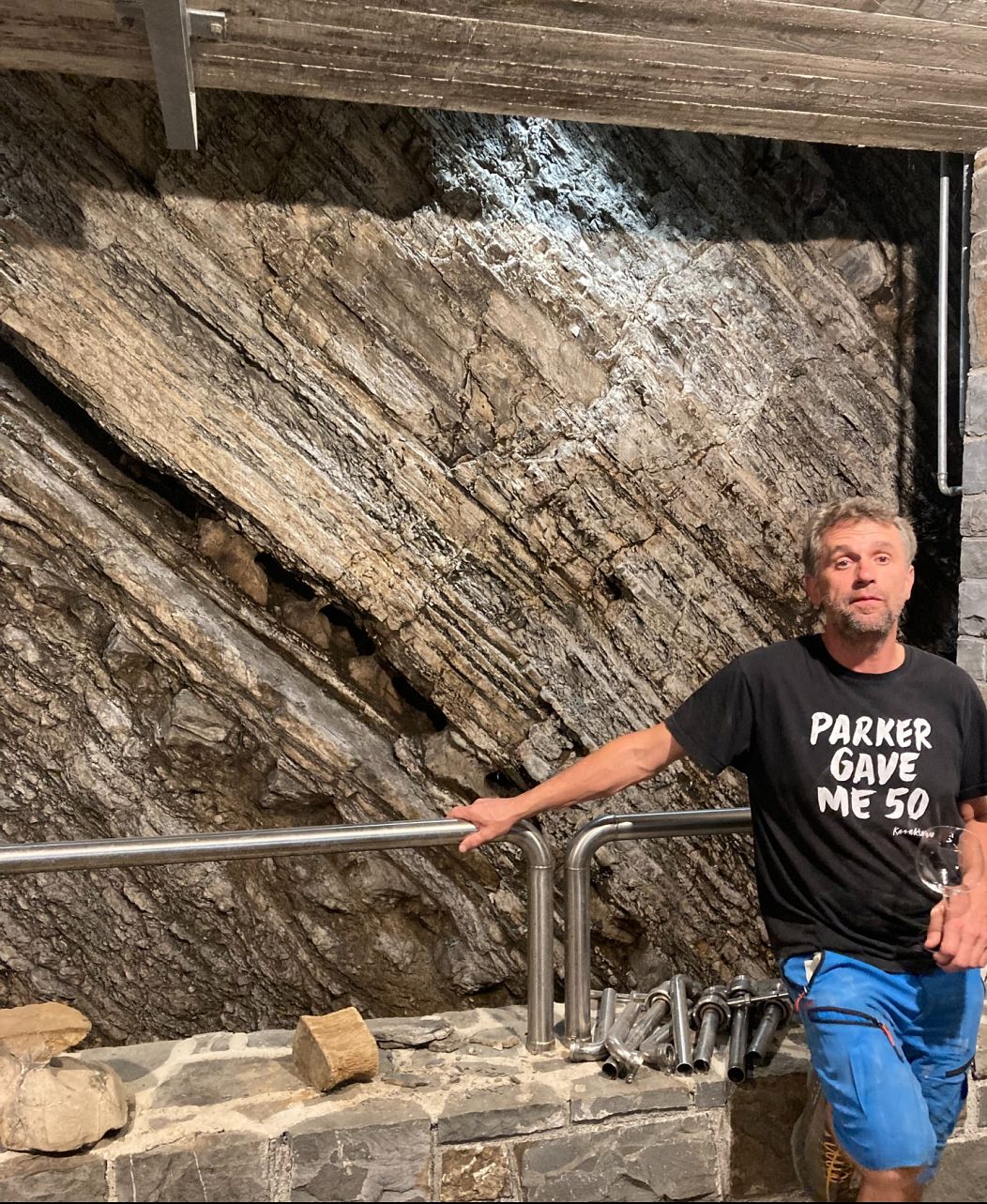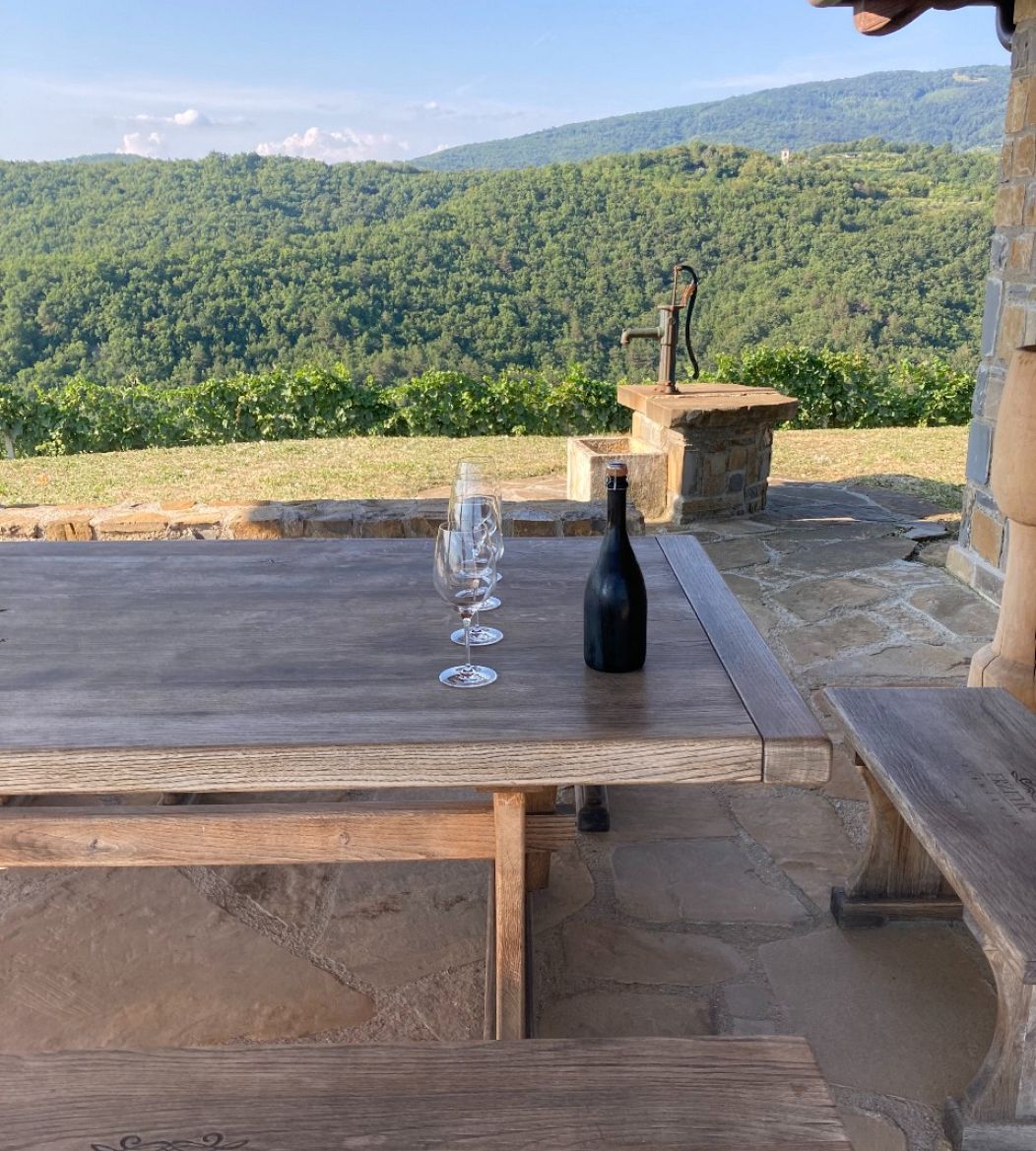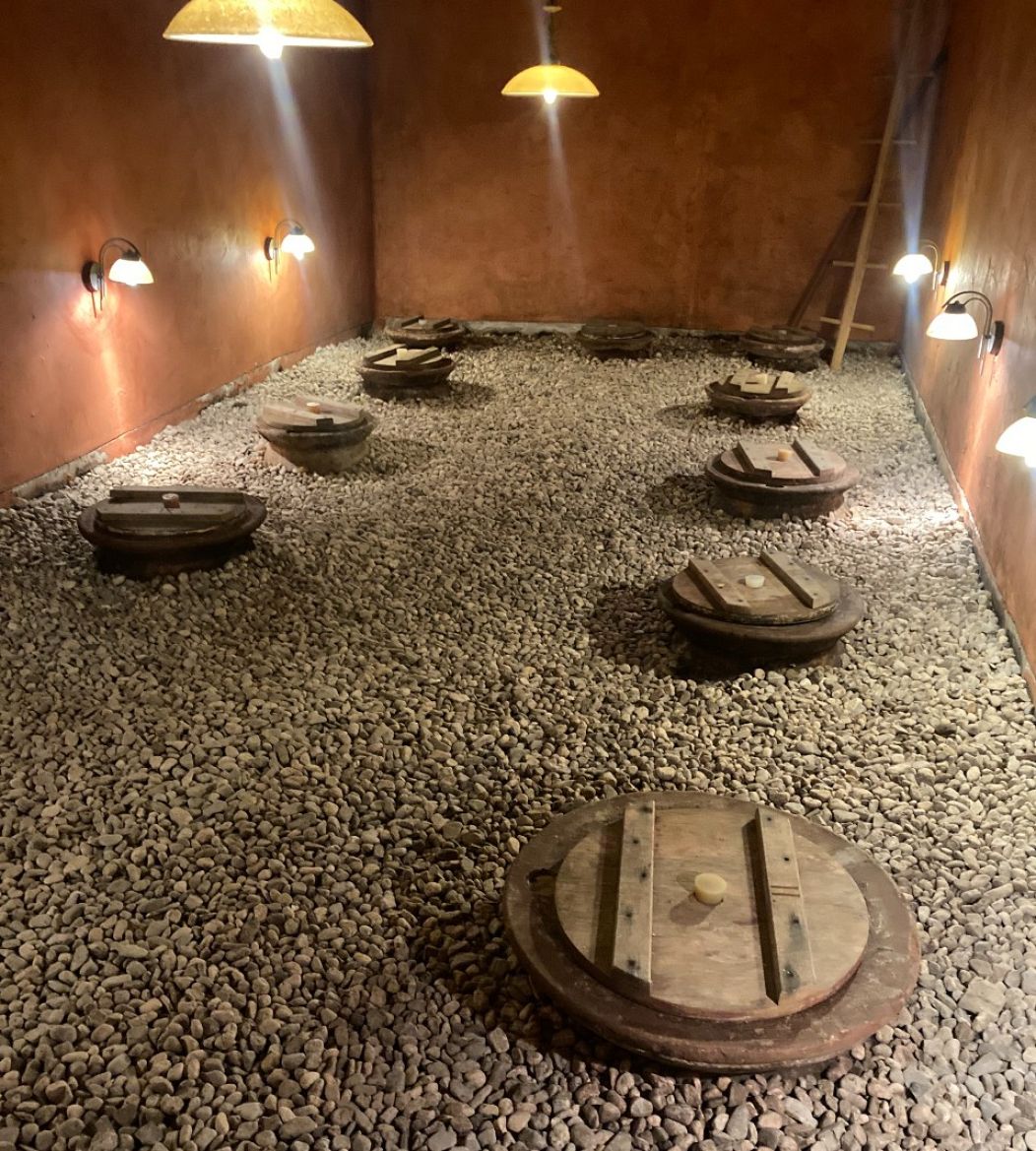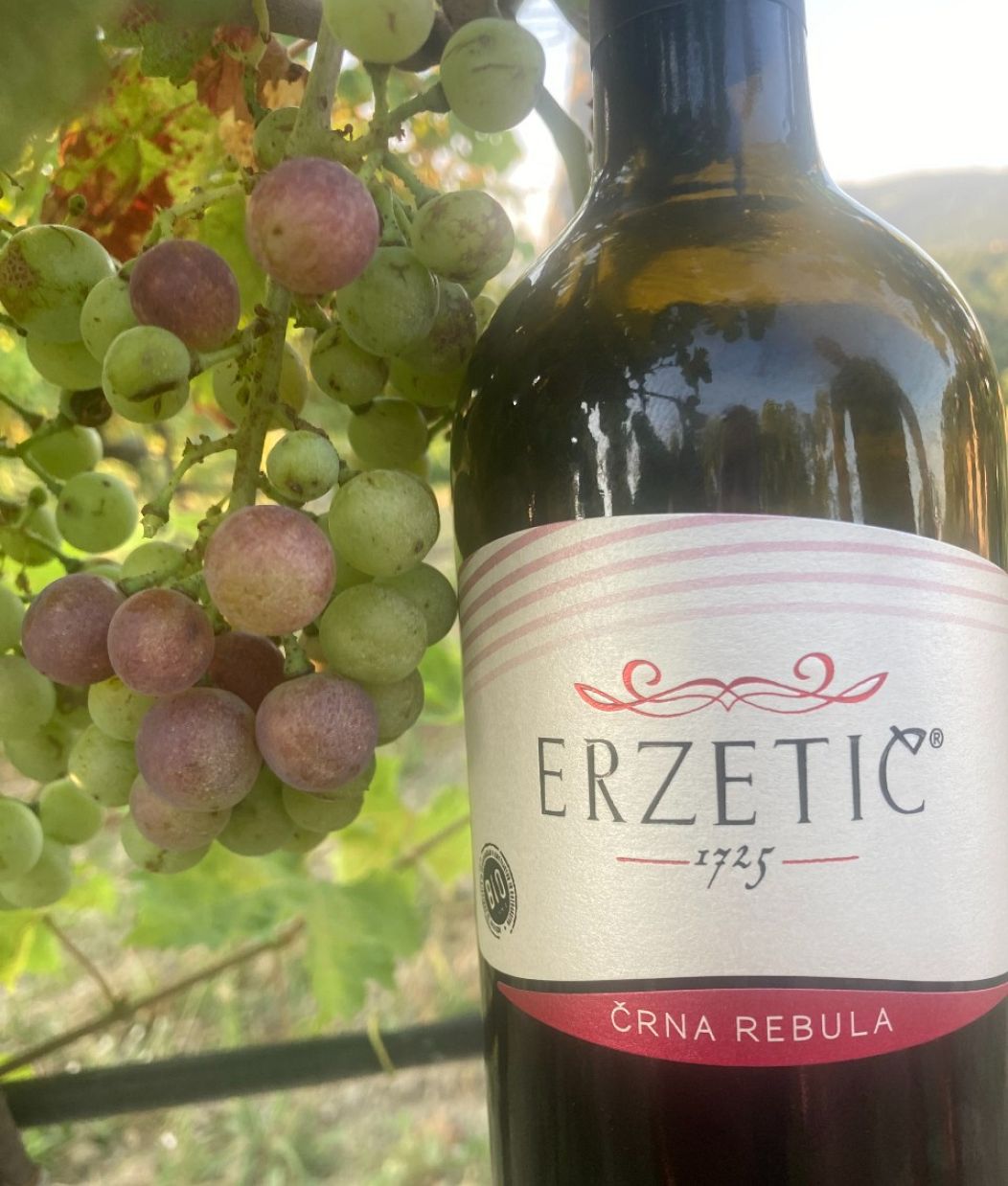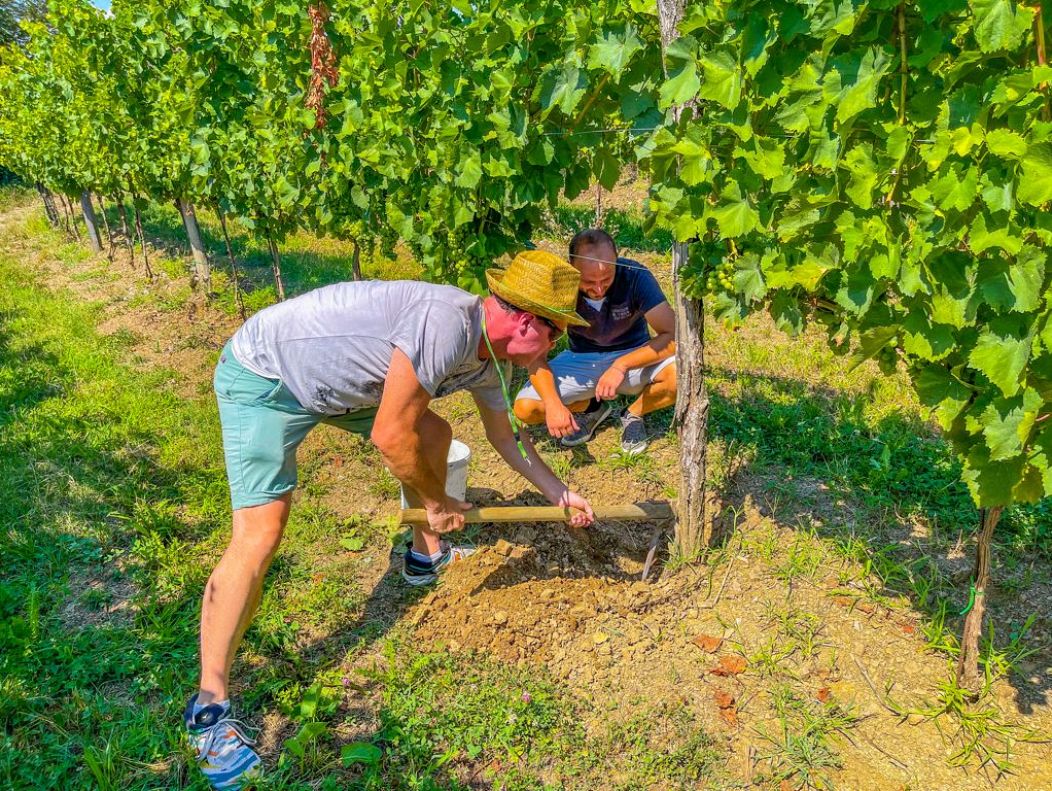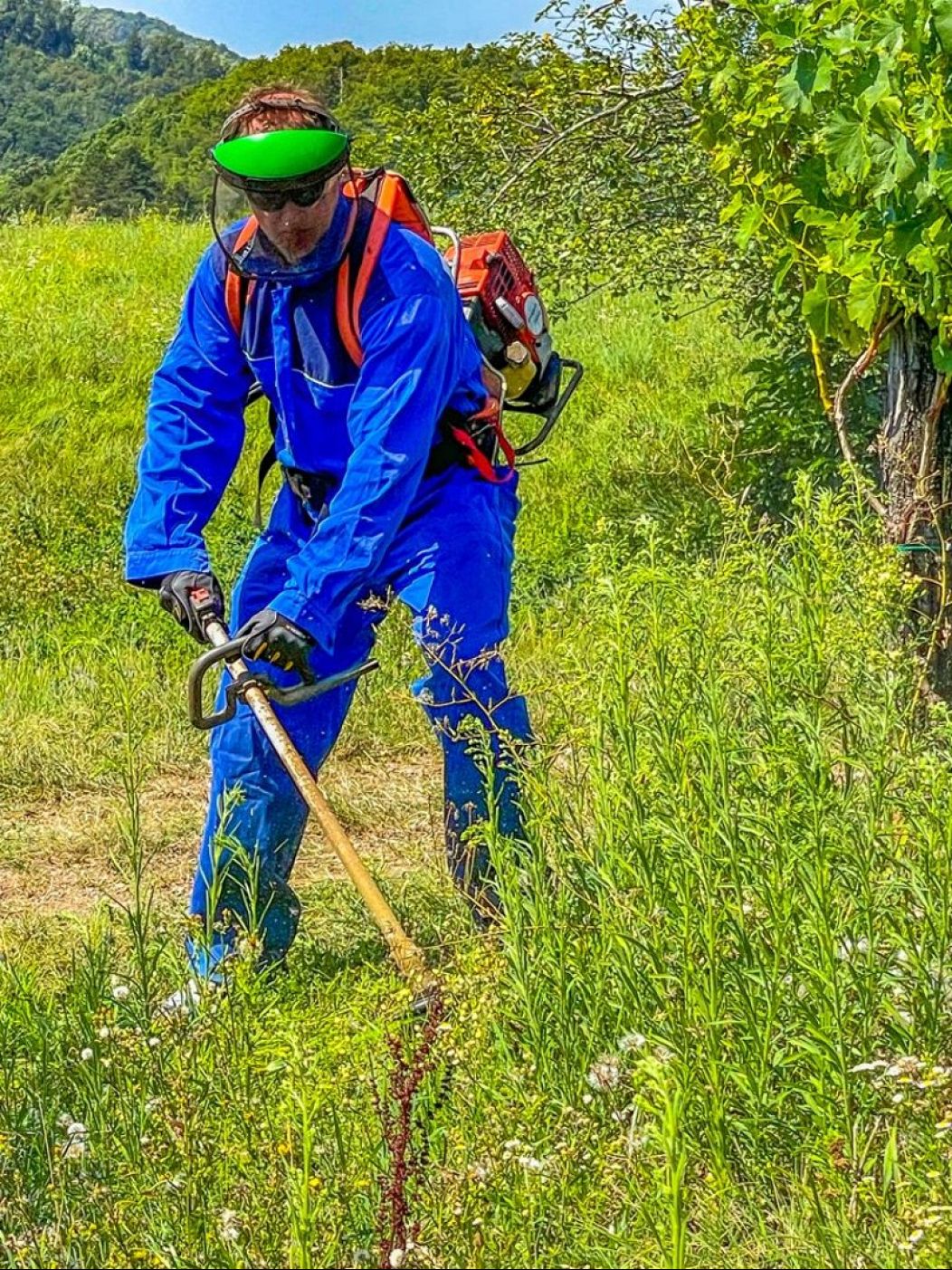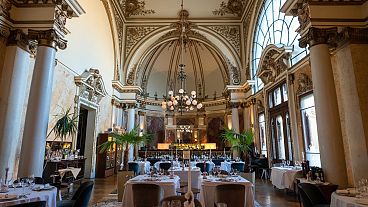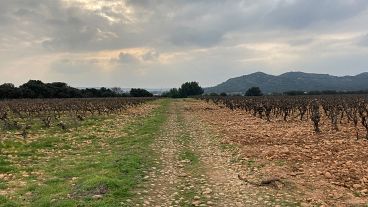The Next Generation: Why Slovenian wine is the one to watch for 2022 and beyond
With exceptional terroir, grapes the world needs to know more about, and arguably the best natural wines on the planet, Slovenia is where the value is.
Once upon a time, wine lists were, quite literally, the domain of the historical, well-established chateaux. But in recent years, consumers are increasingly turned on by the unorthodox.
While it's challenging to picture a world where the celebrated crus of Bordeaux and Burgundy are eschewed from a commercial cellar, curious wine enthusiasts are more and more on the lookout for something 'a bit different'.
And although it takes a new region a long time to establish itself on the palate, it is less well-known winemaking centres such as Slovenia that will become the smart drinker's choice in time.
This is in no small part down to the surge in popularity of natural wines. But there's also a trend for easy-drinking wines, perhaps linked to the end of confinement. Slovenia really delivers in both these key areas.
One of Slovenia's viticultural hotspots is the Vipava Valley. And the winemaker with the hottest profile on the market right now is Primož Lavrenčič.
Unassuming yet deeply passionate, Lavrenčič has a vision that transfers to the glass.
"I try to step back and understand how to encourage nature, especially the soil, to express its own character in my wines," he says. Indeed his vineyards obey strict biodynamic rules, which sees him very much on message for contemporary winemaking. But he's not on a bandwagon, he really believes in the principles and his terroir.
He has even constructed a fascinating underground window, where visitors to the cellar can see the stratification of the land under the vineyard.
The soils in the Vipava valley have slowly evolved on more than 50 million-year-old flysch marlstone and sandstone. And that's good news for viticulture.
Natural wines are often described as wines with 'minimal intervention' by human hand. Winemakers like Lavrenčič largely leave nature alone, only making adjustments to fermentation temperature and other winery factors such as the level of exposure to oxygen a wine might have.
The Vipava Valley is in the western part of Slovenia, close to the Italian border. Water and winds, as usual, are a natural factor in the vineyards.
The Vipava river runs through the centre of the valley on its way to empty into the Sôca river, reflecting light and warmth to help ripen the grapes in the sub-Mediterranean climate.
The 'Bora' is the most significant wind with gusts even exceeding 200 kph at times, making it the windiest part of Slovenia. And this factor is helpful for winemakers who don't want to pollute their grapes with pesticides. No pest is going to cling onto a vine for very long when the Bora is menacing the landscape.
The most memorable wine from the Burja estate, for me, was the 2020 Zelen. Nature taking its course is part of grape selection here. Zelen is not a grape that many people have heard of, but it's an indigenous varietal and as such has built up resistance to wind. You can pick up a bottle of this waxy, tangy, smoky minx for under €20.
Passing the baton
One of the most exciting finds amongst the vineyards of western Slovenia was not so much related to vines but people.
An initiative for winemakers to pass on their operations to their children has been sanctioned by the Slovenian government since 2014 as the Rural Development Programme. It allows a bursary of €45,000 per beneficiary. It was set up for young farmers, so it's not just winemakers that are covered, but it has really taken of in the viticultural sector. And financially it makes sense for older winegrowers to hand over the business to their children while still able to remain part of the business in a consultancy capacity. As Andrej Erzetič from Erzetič Wines told Euronews Culture, "the cellar is like a kitchen, you can only have one chef."
Based in the charming winemaking region of Brda, Aleksij Erzetič handed over the main winemaking and estate management to Andrej, his son, a few years ago and the young winemaker has never looked back.
Andrej keeps the flag flying for indigenous varietals like Belo and the rare Rebula Nero (which has something of the Cabernet Franc about it) but also enjoys experimenting with classic grape types such as Cabernet Sauvignon and Chardonnay. And there's definitely some serious investment as the amphora room below would not have come cheap.
Amphorae have become very popular very suddenly all over the winemaking world but they are nothing new. These were the preferred ageing vessels in Georgia, the cradle of winemaking, 6,000 years ago.
"I sometimes prefer amphora ageing to barrel ageing because of the shape and the presence of micro-organisms," Andrej says.
Amphorae are made of clay: more giving than a steel tank, which doesn't engage with the wine on a molecular level, and less changeable than oak, which can add its own flavours and aroma compounds to a wine.
Erzetič also enjoys experimenting with different woods so try to find the perfect partnership with his grapes. Again, not cheap, but it's a diverting place to visit and his passion is clear to see. Visitors to the estate (totally recommended) will find a miasma of colours and materials, a veritable kaleidoscope forest featuring Acacia, Mulberry, Ash and Wild Cherry casks.
Back in Vipava, I meet more young winemakers and took part in a new local tourism and education initiative, becoming a 'winemaker for a day'. For many wine enthusiasts like myself, this is a rare treat. Tasting is one thing, but learning about all the stages prior to opening a bottle, become more and more fascinating as one looks beyond the liquid.
Andraž Ferjančič took over the reins from his father in 2019. He takes visitors through the stages of winemaking even as far back as planting the actual vine.
And it's not just a token role play, you will genuinely plant a vine that will go on to make wine in three to five years. But you need to clear the ground first. You have to put the hard yards in. Well, I did. Apparently, this is optional but I didn't find that out until later on...
Slovenian winemakers often grow more than one type of grape and thus are afforded the choice of blending. In this experience, I was given three white wines to blend, and I ended up with my own wine to take home which comprised 70% Zelen and 30% Malvasia.
While it's certainly the natural wines of Slovenia that will find themselves very much on-trend and in increasing demand, perhaps even worldwide as buyers become more and more interested, there is also a positivity to this handing over to young winegrowers. The tendency towards lower ABV wines, made to be easy-drinking, is not, I believe, a passing fad, and this viticultural zeitgeist is the perfect arena for young superstars like Andrej and Andraž to thrive.
